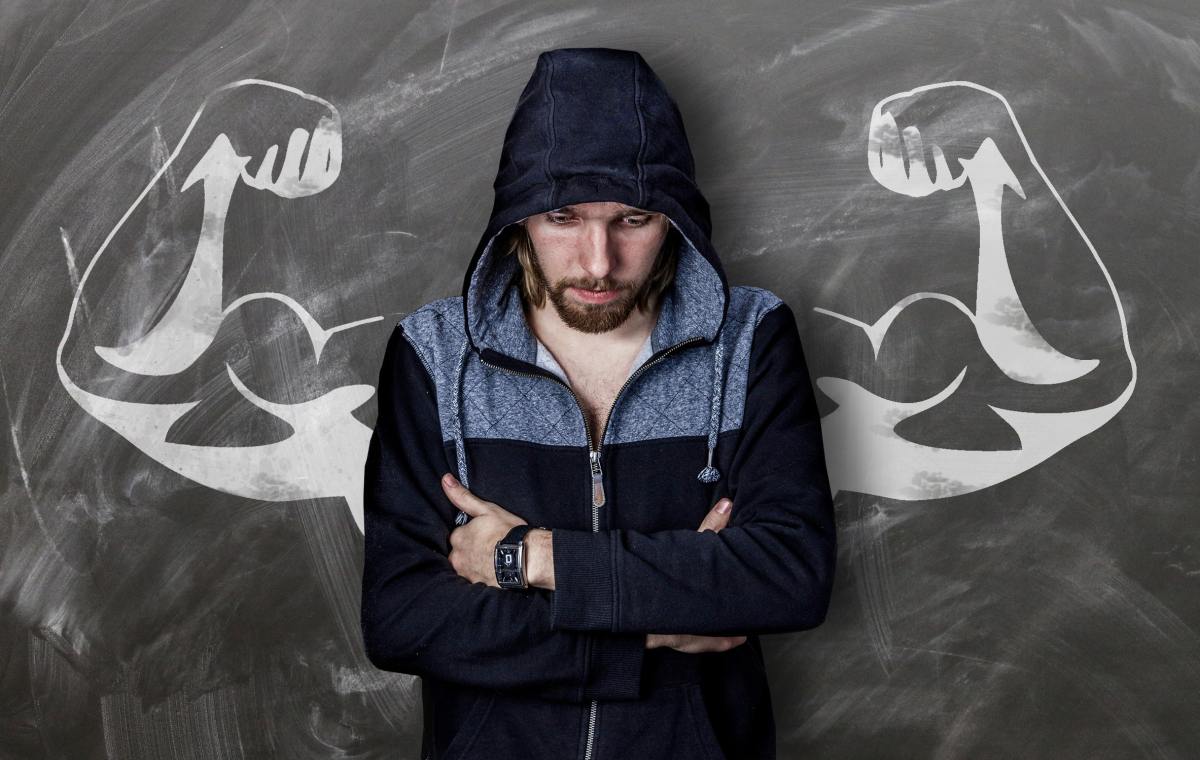Stock photography is notorious for resting on and perpetuating clichés. “Women laughing alone with salads” is maybe the best skewering of this, but the stereotypes are wide-ranging. A search for “office” will result in mostly men in suits. “Office presentation” is nearly entirely men speaking. It’s pretty much impossible to get a generic stock image photo of a female director or filmmaker.
We write about women’s reproductive rights a lot here, but you cannot simply search a stock photography site for the term “abortion.” That leads to a lot of pictures of women curled up on bathroom floors, distraught women clutching their stomachs, and–my personal favorite–woman with an angry man yelling at her/sad man crying in the background.
While the stereotypes are hard to kick, trends in stock photography do change over time. Getty Images teamed up with Sheryl Sandberg a few years ago to address and change the way women are depicted in photographs. As the New York Times recently reported, in 2007, the top-selling image for a search for the word “woman” was a naked woman lying on a bed or maybe a massage table, draped in a towel, looking directly into the camera.
Starting in 2011, the top selling “woman” images began to become more action-based, with women running, hiking, or working. Often they are seen from a distance, or with their faces otherwise obscured. Pam Grossman, director of visual trends at Getty Images, explained, “Who cares what you even look like? Let’s focus on what you’re doing.”
Now, Getty and a few other major stock photography sites are starting to look for similar shifts in the way their work depicts men, in a collection titled “Masculinity Undone.” It shows men and boys showing affection to one another. Sometimes they have longer hair, they may be shirtless without traditionally toned bodies, there are more men of color than we typically see in stock photography (though that is a low bar to clear). They show men being loving, present fathers.
Stock photography isn’t the end-all, be-all of media representation, but it is a more ubiquitous part of our lives than many people realize. Stock photography is plastered all over the internet, but it’s also on your television, especially in commercials. It’s everywhere, silently regurgitating existing stereotypes back to us, reinforcing false, outdated ideas of gender, race, relationships (Distracted Boyfriend meme, anyone?), and countless other aspects of our lives.
Getty isn’t the only company challenging the way men are depicted in their photographs. Shutterstock has a “Modern man” collection, filled with fathers, teachers, and nurses. Adobe has a collection titled “The Fluid Self.” which is a celebration of all manner of queerness, gender fluidity, body positivity, and more.
These collections are small, but they’re beautiful, and hopefully, they will grow as other companies catch on. Stock images largely exist to be so unassuming, so generically universal that they can seamlessly reflect our world back to us. Well, this is the world I see.
What do you all think about this push from stock photographers challenging gender stereotypes?
(via HuffPo, image: Pexels.com)
Want more stories like this? Become a subscriber and support the site!
—The Mary Sue has a strict comment policy that forbids, but is not limited to, personal insults toward anyone, hate speech, and trolling.—










Published: Mar 30, 2018 04:25 pm